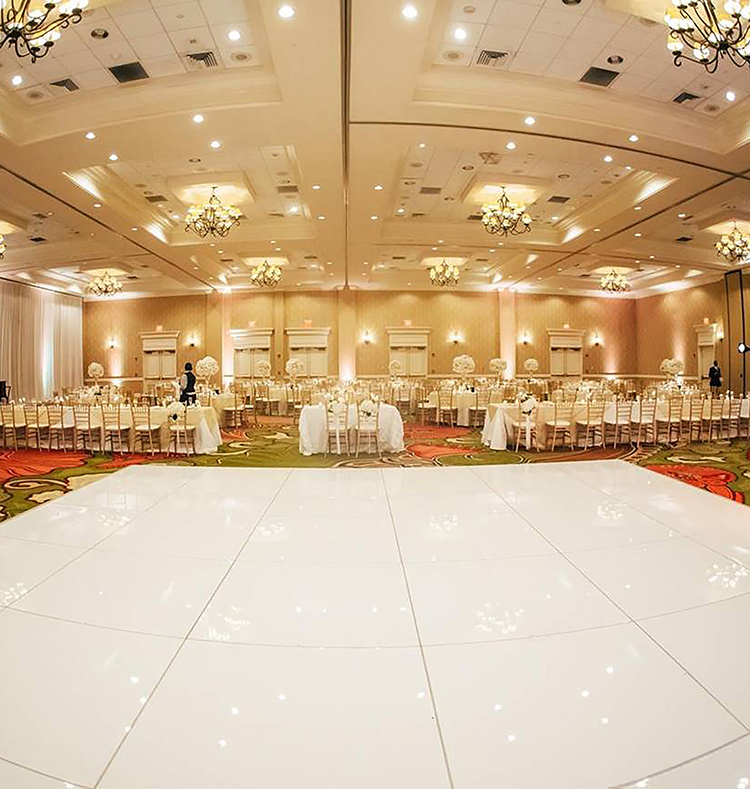Exploring the Diverse Substances That Transform Performance Surfaces into Stunning Aesthetic Experiences
Exploring the Diverse Substances That Transform Performance Surfaces into Stunning Aesthetic Experiences
Blog Article
Movement surfaces have developed significantly over the years, becoming increasingly than just a space to dance to melodies. Currently, they are converted into stunning aesthetic experiences through the use of multiple substances and techniques. These materials not only improve the aesthetic appeal of the space but also enhance the overall experience for performers and spectators alike. Comprehending the versatile materials that contribute to these vibrant settings can offer insight into the art of dance floor creation.
One of the primary common substances used in contemporary dance floors is light-emitting diode illumination. Light-emitting diode lamps are energy-efficient and can produce a broad variety of colors and effects. They can be embedded in the floor directly or used as part of a illumination setup over the dance floor. This innovation allows for synchronized light displays that can alter in reaction to the music, creating an immersive experience. The capability to program these lamps means that they can be tailored to fit different concepts or atmospheres, making each occasion unique.
Another crucial substance is reflective materials, such as mirrors or shiny tiles. These surfaces can create an illusion of space and dimension, making the dance floor appear larger than it is. When performers move, their reflections can add an additional layer of visual appeal, enhancing the complete performance. Additionally, mirror-like surfaces can interact with illumination effects, amplifying the colors and designs displayed on the floor. This fusion of light and mirroring can enthrall audiences and boost the vitality of the event.
In addition to illumination and reflective materials, the use of digital screens has become progressively popular in dance floor design. These screens can show vibrant images, graphics, or even live feeds of the performance. By incorporating digital technology, occasion planners can create a multi-sensory experience that engages both the performers and the spectators. The ability to change images in actual time allows for a dynamic atmosphere that can adjust to the rhythm and energy of the melodies, making each instance feel fresh and thrilling.
Additionally, the choice of surface substance itself plays a key role in the overall experience. Classic wooden dance floors are still preferred for their durability and performance qualities. However, more modern substances like synthetic and rubber are gaining favor due to their versatility and simplicity of find this care. These materials can provide better shock absorption, minimizing the chance of harm for dancers. Additionally, they can be designed with multiple patterns and hues, allowing for creative expression in the dance floor's look.
In conclusion, the transformation of dance floors into stunning aesthetic encounters relies on a combination of innovative materials and technologies. LED illumination, reflective surfaces, digital screens, and customized flooring materials all contribute to creating an captivating setting for performers and audiences. As innovation continues to progress, the opportunities for improving dance floor creation will only expand, making future occasions even more captivating and memorable. Comprehending these substances helps appreciate the craftsmanship involved in creating environments where movement and melodies come together harmoniously in harmony.